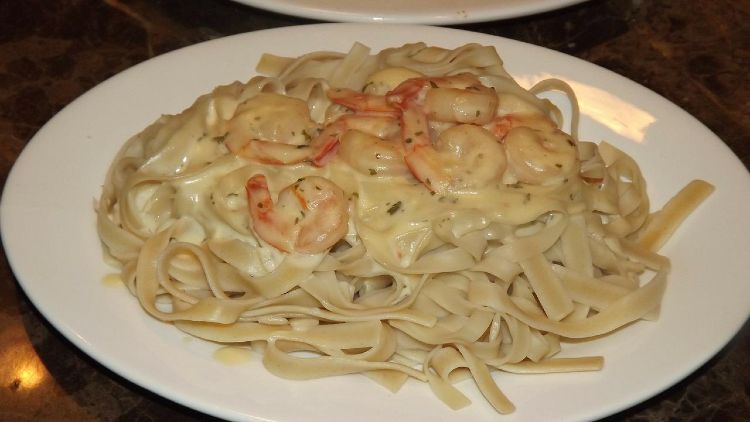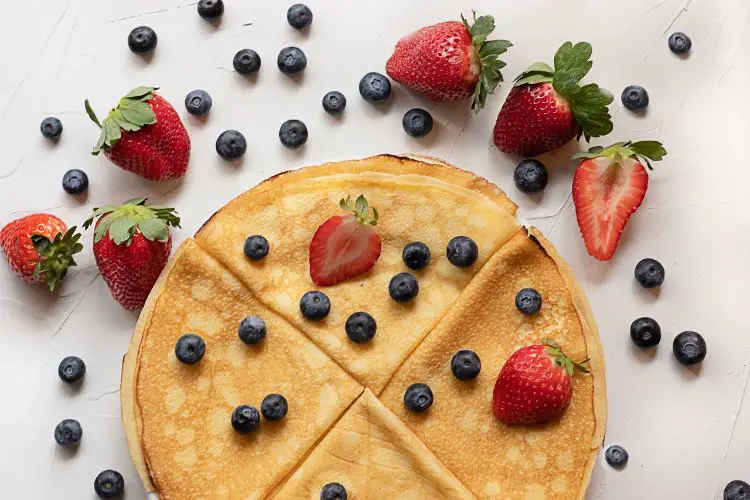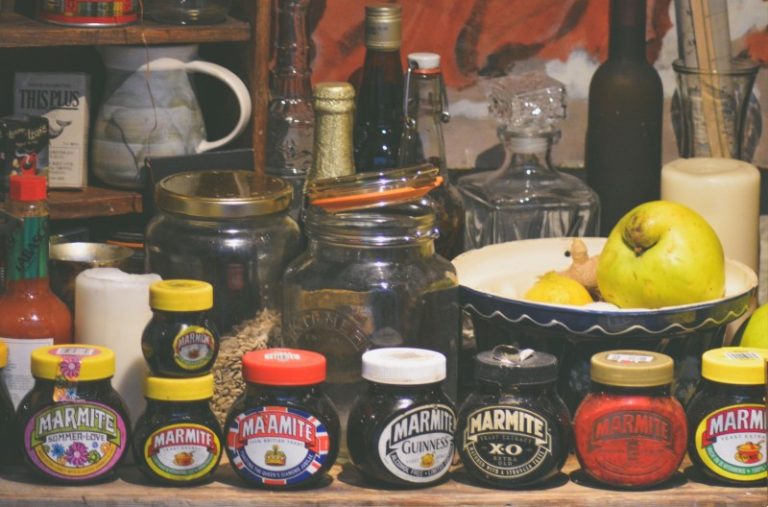The Spy Who Came into The Kitchen
The quest for secret formulas in the world of food and drink has a long and intriguing history. Think, for example, of the adventures of nineteenth-century Scottish spy Robert Fortune who stole the secrets of tea from Imperial China. Head shaved and wearing Mandarin robes, he journeyed through the Chinese interior for three years gleaning cultivation techniques and collecting seeds for transfer to the soil of the British Empire. The knowledge he smuggled out enshrined the ‘cuppa’ in our daily lives and changed the shape of world trade forever.
What is it about keeping recipes a secret? In modern times the most famous is probably ‘Merchandise 7X’, the legendary mix of ingredients at the heart of Coca-Cola, a formula so precious that only two people at any given time can know it and they’re not allowed to travel on the same plane in case it crashes. Or so the story – one of several that have served the drink’s marketing department well for more than a century – goes. ‘7X’ was back in the news earlier this year after an American radio presenter discovered what he claimed was a copy of the original mixture in a back issue of a provincial newspaper. For the record, the ingredients were listed as oils of orange, lemon, nutmeg, coriander, cinnamon and neroli (an extract from the blossom of the bitter orange tree), and alcohol. The Coca-Cola Company, needless to say, poured cold water on the revelation.
Much culinary curiosity has also surrounded ‘the 11 secret herbs and spices’ that Colonel Sanders adds to his Kentucky Fried Chicken to give it it’s ‘finger-lickin’ quality – a high-security mixture that, according to KFC, is made up in two halves at separate facilities and then combined at another. The Internet abounds with reverse-engineered versions, and again, earlier this year, a list claiming, finally, to be the real deal appeared. Most of the ingredients – salt, pepper, paprika, oregano, etc – would be in the majority of home-cooked southern-style chicken recipes already. The real key to that famous mouthful of supercharged umami turns out to be (who would have guessed?) a healthy handful of monosodium glutamate!
Another product whose core composition has been shrouded in mystery is that ever-useful condiment Worcestershire sauce. Brought to market byJohn Wheeley Lea and William Perrins in 1838, the relish’s distinctive ‘spices and flavourings’ were kept secret for 170 years, the recipe only ever written in code using terms such as ‘1lb of bulldog’. The encrypted components eventually came to light in 2008 via the daughter of a former Lea & Perrins employee whose father had found the original notes dumped in a skip. (They included, for those interested, soy sauce, cloves, pickles, peppers and lemon.)
Of course, knowing the trick to proprietary foodstuffs doesn’t mean we all set about brewing up batches in our bathtubs. There’s the question of precise quantities, for a start, and whether ingredients require special preliminary treatment, and in the case of Coca-Cola, how one goes about obtaining legally deactivated coca leaves. Anyone? More to the point, could we actually be bothered?
Closer to home, most households have at least one ‘family recipe’, one dish that has become everybody’s favourite: the beef casserole that Mum cooks when the boys are home for the holidays, the shortbread that Dad bakes at Christmas, Granny’s chips… Often these will be jealously protected, particularly in the competitively-charged area of national specialities – Irish Stew, say, or cassoulet in southern France, the Romanian sarmale, the great Italian ragu, or Japanese noodle broth.
Why, though, when food is so fundamental to the notion of hospitality and sharing, does secrecy extend to the domestic – ie. non-commercial – arena? It’s complicated. And there are dangers. For instance, I know of one longterm friendship completely destroyed by a recipe for stuffed pork. After years of pleading, the recipe’s owner handed the secret over to her old pal who then claimed the dish as her own and used it to become the toast of the dinner-party circuit. Talk about slow-simmering rage.
As for those who appear glad to share but can’t quite bring themselves to tell the whole story, the inimitably forthright MFK Fisher, in her marvellous “With Bold Knife And Fork”, condemns them thus: ‘By now in my life my friends know how I feel about people who cheat when they disclose their prized recipes, and who leave out or distort one Secret Ingredient. I sneer at such puny knavery …’ She later recounts how, when she finally wheedled a much-coveted recipe for ‘delicate little dumplings of herbs and chicken’ from one wily old cook it was almost totally illegible and gave measurements ‘ranging from “some” to ‘a monstrous “10 and a half pounds” (of salt!)’.
This dilemma experienced by some amateur chefs, the struggle between the generous impulse to share and the selfish tendency to withhold, comes down in the end, I think, to this: Knowledge Is Power. There is, for many, something quite mysterious, almost magical perhaps, about the production of delicious food – that nebulous synergy between science and art — and the good cook knows that possessing the world’s best recipe for treacle pudding or the ultimate technique for roast potatoes gives them a precious advantage. If nothing else, it guarantees them, in perpetuity, loved ones at their table. Think about that the next time you get caught in the kitchen photographing the hostess’ handwritten recipes with your spy camera.



